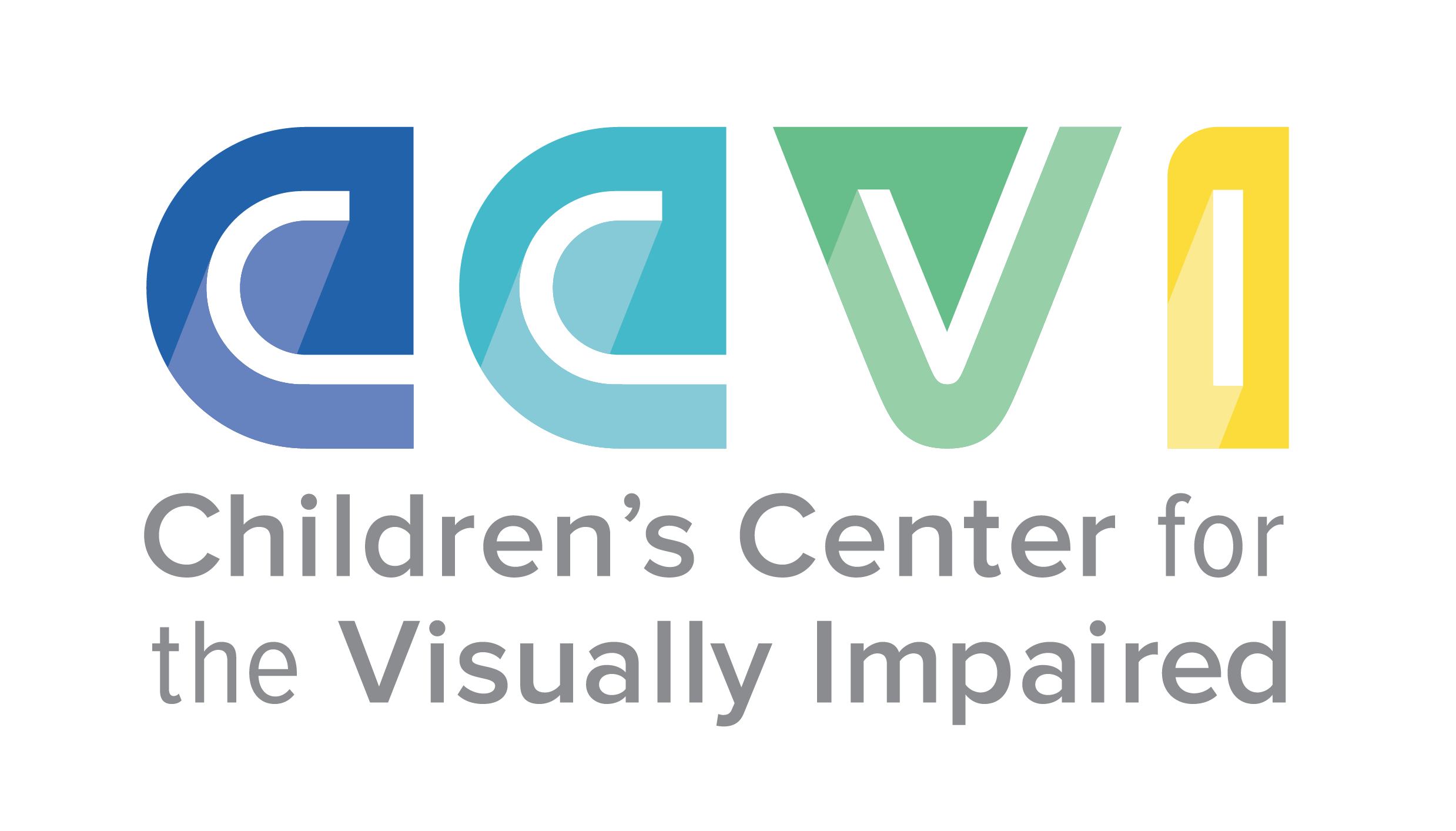Understanding the B.R.I.T.E Act
When does the bill take effect?
In August of 2022, Missouri’s Governor Parsons signed a bill into law that changes the course of how students with visual impairments receive educational services. The Blind Students’ Rights to Independence, Training and Education Act (BRITE) Act, established criteria for how specialized services are delivered and by whom. This goes into effect during the 2022-2023 school year, and school districts are already beginning to adjust their service models and evaluation processes.
What is it?
The BRITE Act mandates that any student who has a diagnosed visual impairment will receive services that eliminate common barriers and provide the same access to general education materials. To determine eligibility, the child must have a diagnosed visual impairment that adversely affects access to the educational environment, materials, and concepts learned incidentally. Should a school district require an eye report for identification of a visual impairment, they will incur the cost to obtain the appropriate information.
If appropriate, braille and Orientation & Mobility services will be added to the child’s IEP or 504 plan. Additionally, access to and instruction in the Expanded Core Curriculum is expected for all students with a visual impairment. This instruction should occur across all environments, not just during direct service minutes with the TVI or COMS. Decisions made by the IEP or 504 team should outline the specific skills for the student and identify the appropriate service providers for instruction in those areas.
The bill adds that a child who is a braille reader must receive the same instruction time in reading/writing as their typically developing peers. Braille goals must be grade level and appropriate for the student. The specific skills and instructional goals should be outlined in the child’s IEP or 504 plan. Evaluations to determine the need for braille instruction and Orientation & Mobility are to be conducted by certified individuals with appropriate experience and training. If a child is eligible for Orientation & Mobility services, lessons should be conducted in the home, school, community of the student, and at different times of the day.
The Expanded Core Curriculum is addressed and a heavy focus on Assistive Technology is incorporated. An evaluation must be completed to identify current AT needs as well as anticipate future AT needs for educational environments. If an AT need is determined, the device(s) should be available at home and school, with no cost being incurred by the family to obtain the device or for damages to the device.
How is it implemented?
In order to be in compliance with The BRITE Act, a district should review the list of students currently identified as Visually Impaired. A review of student files should occur to ensure that missing or incomplete evaluations are identified and completed in a timely manner. Children’s Center for the Visually Impaired is committed to ensuring that all qualifying individuals with a visual impairment, birth to 21 years of age, have access to appropriate educational resources, instructors, and opportunities.
